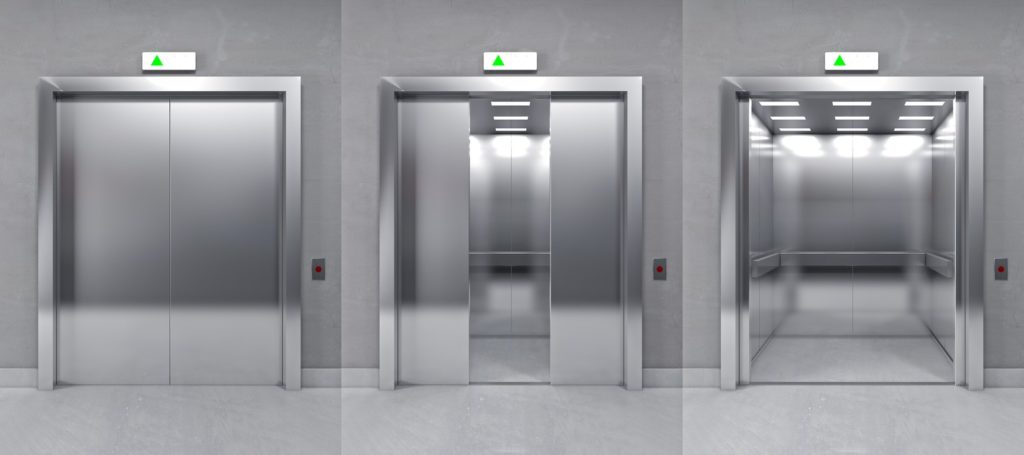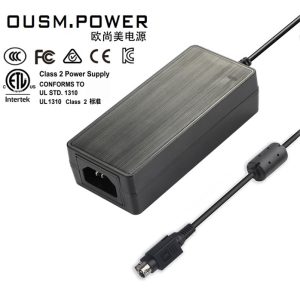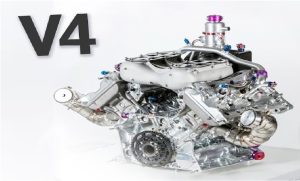Everything You Need To Know About Elevators

What Is An Elevator?
An Need elevator is a framework, whether open or enclose. That is use to transport freight and people to higher floors of a building. Elevators are a necessary component of any residential or commercial structure.
History Of An Elevator
In the early 1600s, manual elevators were use to lift cargo in manufacturing plants. And warehouses. The primary reason for its widespread acceptance was a protective measure that instantly participated. And kept the lift on the occasion of lifting cables breaking.
Steam power was use to transform the wire drums in the first elevators. The first hydraulic elevators, power by water pressure, were introduce in 1871 initially. The hydraulic raiders were the first one-piece that also intend a hole as deep as the Need elevator’s, Height to be dug under the elevator shaft. Later telescoping hydraulic rams with multiple sections allow for shallower holes.
Many cities supplied hydraulically actuated for such initial lift manufacturer through power companies that install and maintain hydraulic piping networks throughout the city. In 1889, the first financially viable battery-power lift was install. And electricity became the adopt power source.
Design Of An Elevator
Elevators are simple machines with stand lifting systems that haven’t change much in 50 years. The control systems, on the other hand, have undergone significant changes to enhance security and speed of operation. Lifts are design for a particular building, taking into account variables like the number of people travelling to each floor, the building’s height, and peak usage time.
A lot of elevators use counter weights that are equal to the elevator’s weight additional 40 per cent of its absolute max load condition. This counterweight reduces the amount of weight that the engine should raise. And helps to ensure that the lift does not lose its control while the cable is still attach.
A pulley wire flows down from the drive drum connect to the pulley motor, around a huge lever on the pinnacle of the lift, up to the second lever trying to hang from the ceiling of the elevator shaft. And bottom once more to the counterbalance in a hosting drum installation.
Manufacturing Process Of An Elevator
- The lift manufacturers in india Need construct elevator cars at the manufacturing unit using the basic welding, metal cutting, and forming techniques. If the cars will be expose to the elements while the building is being built. The inside shave may well be implant after the construction is finish.
- The remainder of the lift is put together at the job site. The elevator shaft is integrate into. The building design from the start, and it grows as the structure is built.
- After the shaft walls are complete but before the roof is install, switch ramps, guide rails, service ladders. And other relate support facilities are bolt into the shaft.
- A Crain increases the counterbalance to the top of the structure. As well as lessens the shaft along with its rails while the shaft is still open at the top.
Future Of An Elevator
Elevators have not changed much in many years, and there are very less chances of changing in the foreseeable future. The electronic control system would continue to evolve in accumulative and non-dramatic ways.




